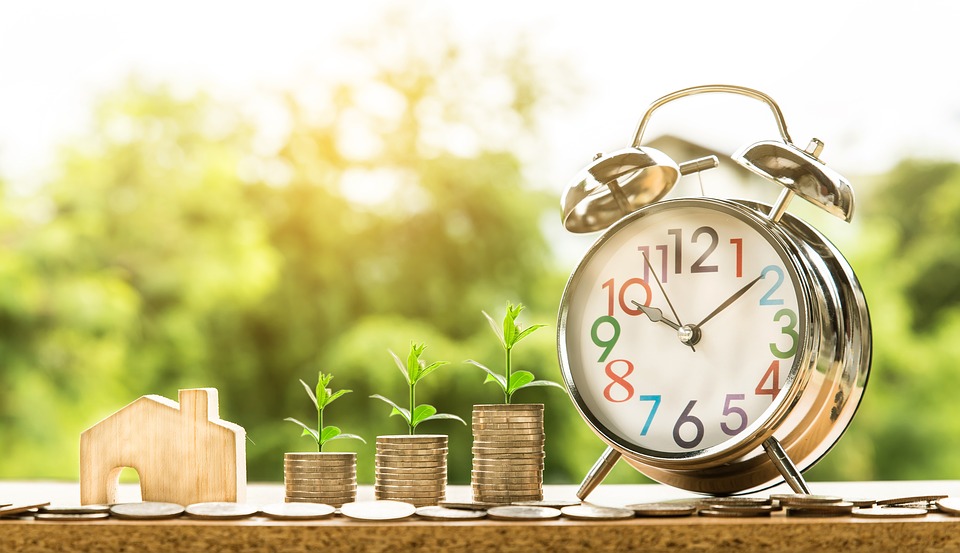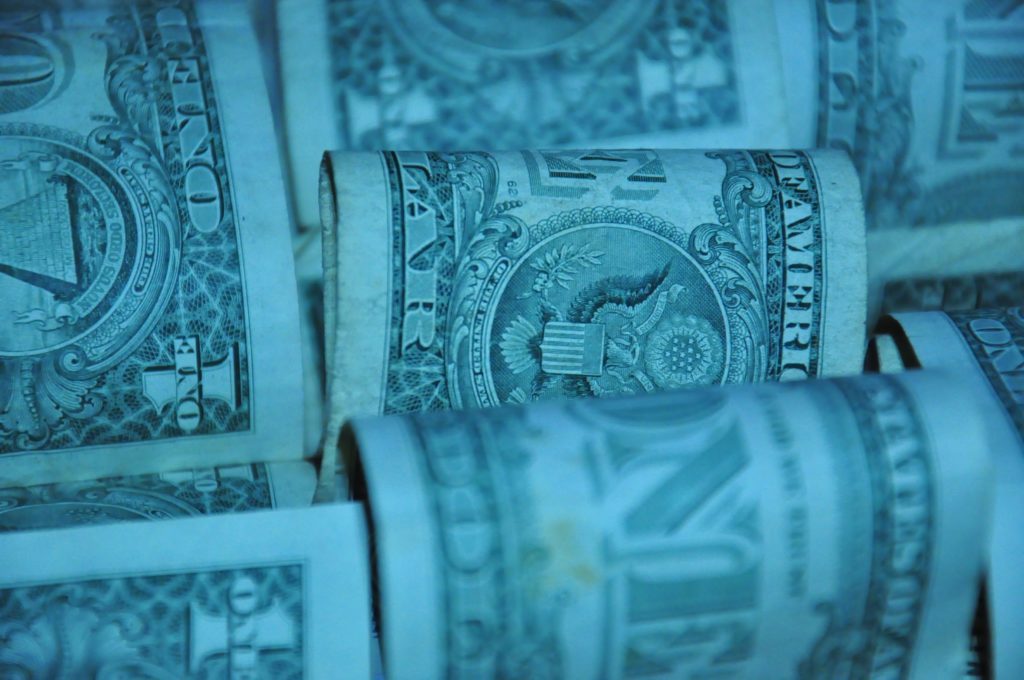
What Is a Green Roof?
Also known as vegetative or eco-roofs, green roofs are essentially a term used to refer to the roof on which a layer of vegetation has been planted on. The roof is typically either flat or slightly-sloped and covered with a waterproofing system. The layer of vegetation is actually planted on that waterproofing system.
Green roofs can be classified into three major categories, namely semi-intensive, intensive and extensive.
- Semi-intensive vegetative roof
Semi–intensive eco-roofs are a combination of intensive and extensive green roofs. The requirements, such as the depth the medium, the plant chose, and stormwater performance, for this type of roof depends on the roof structure and annual rainfall.
- Intensive green roof
Intensive vegetative roof has a deep growing medium and a lot of soil. The growing medium is sometimes several feet deep and can support a diverse plant selection as well as small trees. Considering this, intensive eco-roofs not only require substantial structural loads but also need maintenance and watering on a regular basis. This type of roof is usually accessible.
- Extensive eco-roof
A green roof is called ‘extensive’ when it has a shallow growing medium of about six inches or less. It also typically has a modest roof load with marginal watering requirements and restricted plant diversity. An extensive vegetative roof tends to be inaccessible.
A green roof cannot be installed directly onto the roof and instead require that specific layers of roofing materials are added. The growing medium can be installed and the vegetation can be planted only after those layers have been placed. Whether it’s a semi-intensive roof, an intensive roof or an extensive roof, the basic structure remains the same. It must consist of structural roof support, a vapour control layer, thermal insulation, roofing membrane support, waterproof/root repellant layer, drainage layer and filter membrane. The growing medium is above the filter membrane and will be used to plant the vegetation. Each of these layers is important as they each serve a specific purpose. They are key elements to keeping the plants alive and protecting the structure beneath.
Benefits of Installing a Green Roof
1. A Green Roof Can Extend the Roof Life
Since vegetative roofs can shield the roofing materials from direct ultraviolet radiation and extreme temperatures, they are believed to be able to increase the life expectancy of any roofing system. Protecting the roof from extreme weather conditions means that the roof structure will probably require less maintenance and can, thus, save the owner money in replacement expenses over the long–term life of the roofing system.
2. Green Roofs Confer Other Economic Benefits

This may come as a surprise, considering that the installation of such a roof requires higher upfront costs than traditional roofs, but as mentioned above, green roofs can prove to be more economical in the long term. Eco-roofs can also help drive down energy bills through its increased R–value. The reduced temperatures on the roof lessen HVAC loads also contribute to saving energy.
3. Eco-roofs Can Improve Storm Water Management
One of the best things about green roofs is that it captures significantly more rainfall during rainstorms than other conventional roofs. This is a great way to reduce both flooding and erosion, while at the same time supplying the plants on the roof with the necessary minerals and water to mature and develop strong root systems. Some cities require that building owners pay a fee for stormwater management. Building with eco-roofs might be eligible for lower fees.
4. Vegetative Roofs Can Help Improve the Efficacy of Mechanical Equipment
Mechanical equipment has been shown to perform better in cooler temperatures. The vegetation on the roof are great at producing cooler temperatures and can, therefore, contribute to boosting the efficiency of rooftop mechanical equipment. HVAC equipment, for example, must cool outside air, get it to the required temperature before transmitting it into the building. By making the air on the roof cooler, the green roof makes the cooling process is easier causing the HVAC equipment to use less energy.
5. Eco-Roofs Can Insulate the Building
Not only does the eco-roof cool the temperature, it can also act as an insulation and decrease the amount of heat passing into the building. The extra layers of this roof reduce cooling loads on HVAC equipment helps a lot during warmer seasons.
6. A Vegetative Roof Can Provide Additional Amenities
If the green roof is installed over a building that’s in an urban area, it will increase green space and improves the comfort of your employees or residents by offering an aesthetically–pleasing view and environment. The roof can be used both for meetings or recreation. The plants can also include herbs and vegetables that can be harvested by the occupants of the building. Provided it is accessible, of course.
